Ancient Japanese Astronomy: Stars, Seasons, and Religion


The night sky has always been a source of fascination, mystery, and guidance for humanity. In ancient times, different cultures around the world developed their own interpretations and beliefs about the celestial bodies they observed. Among these, the Japanese culture stands out due to its unique blend of astronomy, mythology, and cultural values. The study of ancient Japanese astronomy provides a deep dive into the country's rich history, revealing how the stars, seasons, and stories have shaped its cultural heritage.
Ancient Japanese astronomers meticulously observed the heavens, tracking the movements of the sun, moon, and stars and recording phenomena such as solar eclipses and meteor showers. The significance of these celestial bodies transcended the purely scientific realm, deeply intertwining with the country's mythology and societal values. Embodied in the constellation legends and star lore, the celestial bodies served not only as navigational aids but also as carriers of cultural values and wisdom. From the three belt stars of Orion, known as "Mitsu Boshi," symbolizing the start of crop cultivation, to the revered Rigel and Betelgeuse, symbolizing duty and loyalty, ancient Japanese astronomy was a harmonious blend of science, mythology, and cultural heritage.
The Origins of Japanese Astronomy
The roots of Japanese astronomy are deeply intertwined with Chinese influences. Kazuhiko Miyajima, a professor at Doshisha University, opines that Japan was significantly influenced by Chinese astronomy and astrology. This influence was not merely limited to the scientific domain; it also extended to cultural aspects, shaping the country's belief systems, societal norms, and even language.
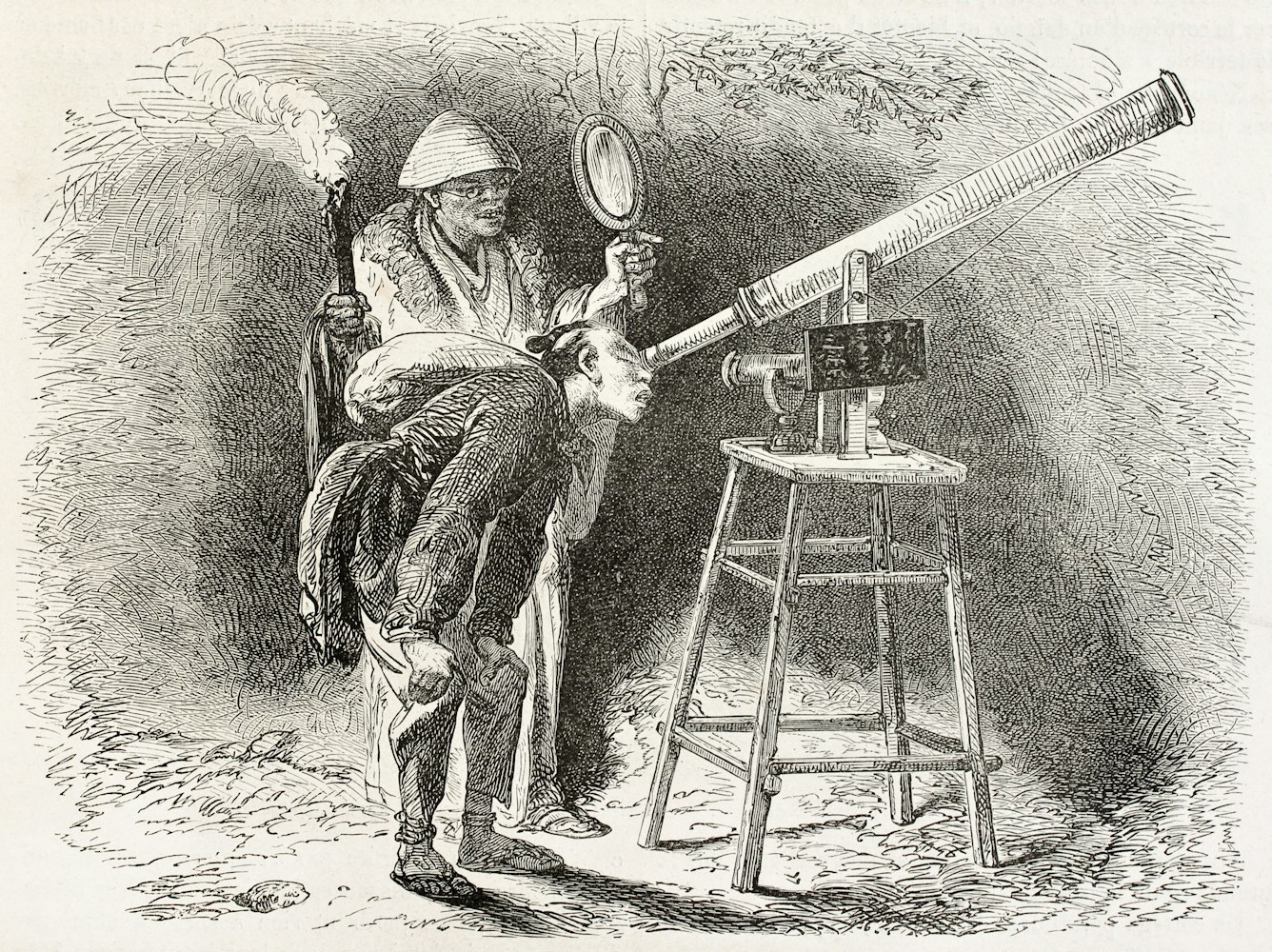
During the middle centuries, especially around the eighth century, the exchange of ideas between China and Japan was at its peak. Confucianism, Chinese writing, Kanji, and Chinese methods related to astronomy were all influential in Japan. In fact, Buddhism, which played a pivotal role in shaping Japan's cultural heritage, was also introduced in China during this period. This cross-cultural exchange brought about a significant shift in Japan's astronomical practices, marking a turning point in the country's history.

Learn how to write the kanji for "stars".
Indigenous Japanese Astronomical Practices
Despite the significant Chinese influence, Japan developed its unique astronomical practices and beliefs. The indigenous Japanese astronomical practices were deeply rooted in the country's mythology and cultural values. These practices were not just about observation and record-keeping; they were a part of the human world, influencing various aspects of life.
One such unique practice is the veneration of the "Mitsu Boshi" or "three stars," also known as the three belt stars of Orion. These stars symbolized the start of crop cultivation, embodying the harmonious relationship between earth and the cosmos. Similarly, the "Shichisei" or "seven stars" were revered for their significance in Buddhist teachings. These practices, while bearing the marks of Chinese influence, were inherently Japanese, reflecting the country's rich cultural heritage and unique worldview.
The Role of Stars in Japanese Mythology
In the intricate tapestry of Japanese mythology, stars hold a unique place. They were not just distant celestial bodies but were deeply woven into the fabric of everyday life. The Japanese people believed that the stars were divine entities that communicated messages about life and destiny. This belief system was reflected in the term "Yowatashi Boshi," which referred to those stars that played a significant role in the lives of common citizens.
Stars also had an important role in the Japanese court. The court astrologers often interpreted the movements and positions of stars to predict future events or make sense of current happenings. Their interpretations, based on a mix of astronomy and mythology, influenced the decisions of the court. This blend of science and mythology is an integral part of Japan's cultural heritage, offering a fascinating insight into the country's ancient worldview.
Prominent Constellations and Their Significance
Japanese astronomy identified a number of constellations, each with its own unique significance. For instance, the constellation Lyra, with its major star Vega, and the constellation Aquila, with its major star Altair, were particularly prominent during certain times of the year. The position of these constellations in the sky was often used to mark seasons and time.
Another noteworthy constellation is Orion, which is known in Japan as "Tsuzumi Boshi" or the drum star. This constellation was visualized as a drum, a symbol associated with celebration and joy in Japanese culture. Similarly, the Pleiades, known as "Subaru" in Japanese, were revered for their beauty and brightness. Each of these constellations, with their unique symbolism and significance, contributed to the rich tapestry of ancient Japanese astronomy.
Lunar Calendar and Its Impact
In ancient Japan, the lunar calendar played a significant role in organizing time and marking important events. This calendar system was deeply intertwined with Japanese astronomy. The lunar calendar, unlike the solar calendar we use today, is based on the moon's phases. A new month begins with the new moon, and full moons mark the middle of the month.
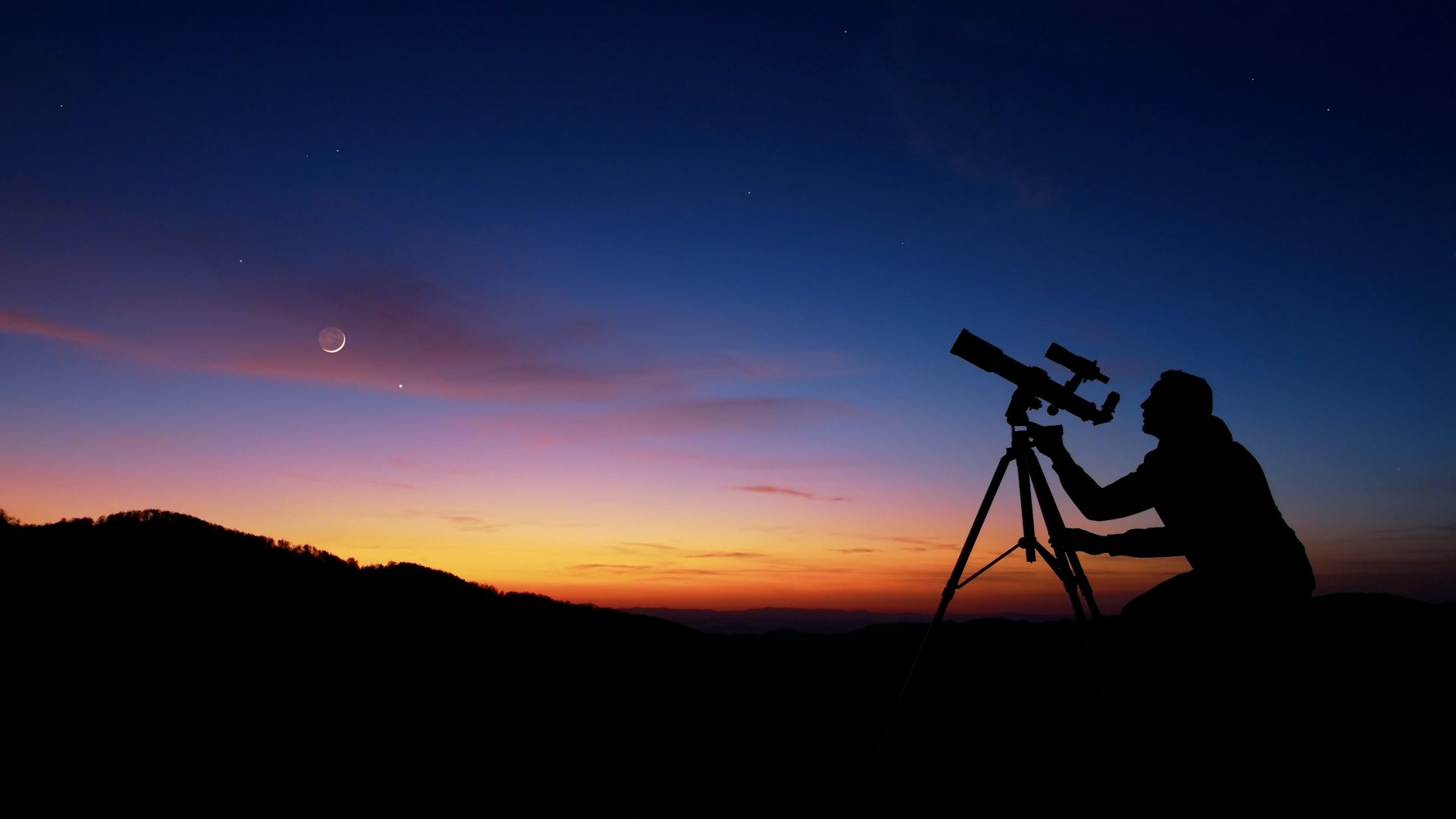
The lunar calendar had a profound impact on Japan's culture and daily life. For instance, many traditional festivals in Japan are still celebrated according to the lunar calendar. The moon also played a pivotal role in agriculture, as planting and harvesting were often timed according to its phases. In this sense, the lunar calendar served as an essential bridge between the heavens and the earth, intertwining the rhythms of celestial bodies with human activities.
Seasonal Observances and Star Watching
Seasonal observances in Japan have deep roots in astronomy. Many of these observances involve star watching, reflecting the country's rich astronomical heritage. One such festival is Tanabata, also known as the Star Festival. Celebrated in the seventh month of the lunar calendar, it is based on a legend related to the stars Vega and Altair. According to the legend, these two stars, representing two lovers, are allowed to meet only once a year on the seventh day of the seventh lunar month.
Another important observance is Tsukimi or the Moon Viewing Festival. Held in autumn, it celebrates the beauty of the full moon and offers an opportunity to appreciate the night sky. These seasonal observances and festivals not only highlight the cultural significance of astronomy in Japan but also remind us of the timeless bond between humans and the cosmos.
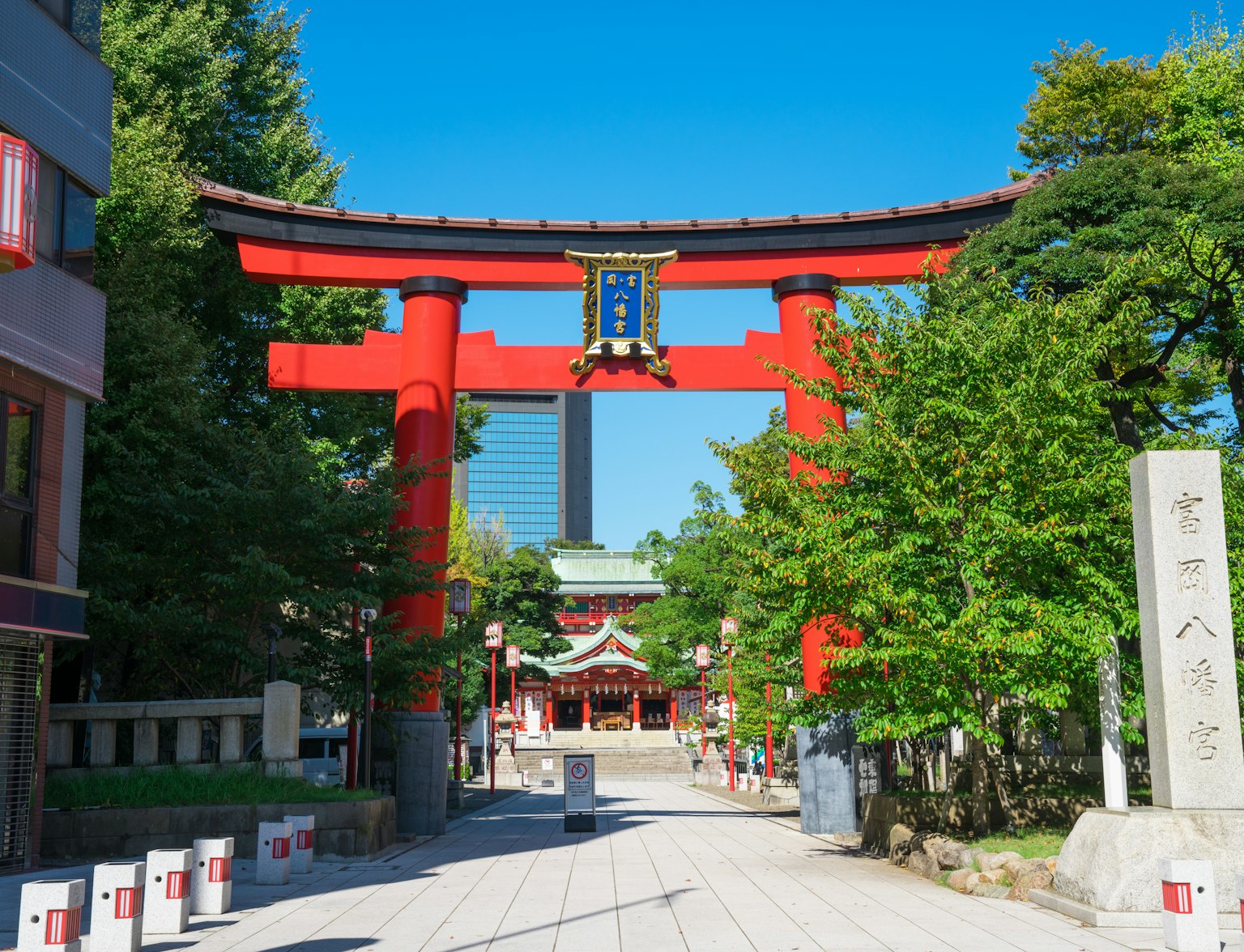
See a display of Edo Tanabata at Fukagawa Edo Museum.
Ancient Japanese Astronomical Instruments
In the rich tapestry of Japanese history, ancient astronomical instruments hold a unique place. These tools, often influenced by Chinese and Dutch technologies, played a critical role in celestial observations and calendar calculations.
For instance, octants and sextants, first introduced to Japan by Dutch sailors, were essential tools in Japanese astronomy. These portable instruments were used to measure the angle between two visible objects, aiding in navigation and mapping the night sky. Another significant instrument was the star globe, less ornamental than most Asian astronomical instruments but highly functional. These globes represented the celestial sphere and were used to identify and study constellations.
The Evolution of Japanese Astronomical Tools
The evolution of astronomical tools in Japan is a fascinating journey, reflecting the country's scientific progress over the centuries. Starting with rudimentary instruments, Japanese astronomers gradually embraced more sophisticated tools, incorporating foreign technologies while also developing indigenous innovations.
The Asakusa Observatory, for example, began continuous and methodical celestial observations in 1782 under the Official Astronomer's leadership. This marked a significant leap in Japan's astronomical capabilities. Later, the Repsold Transit Instrument, with over 130 years of history, became a foundational tool etched in the annals of Japanese astronomy.
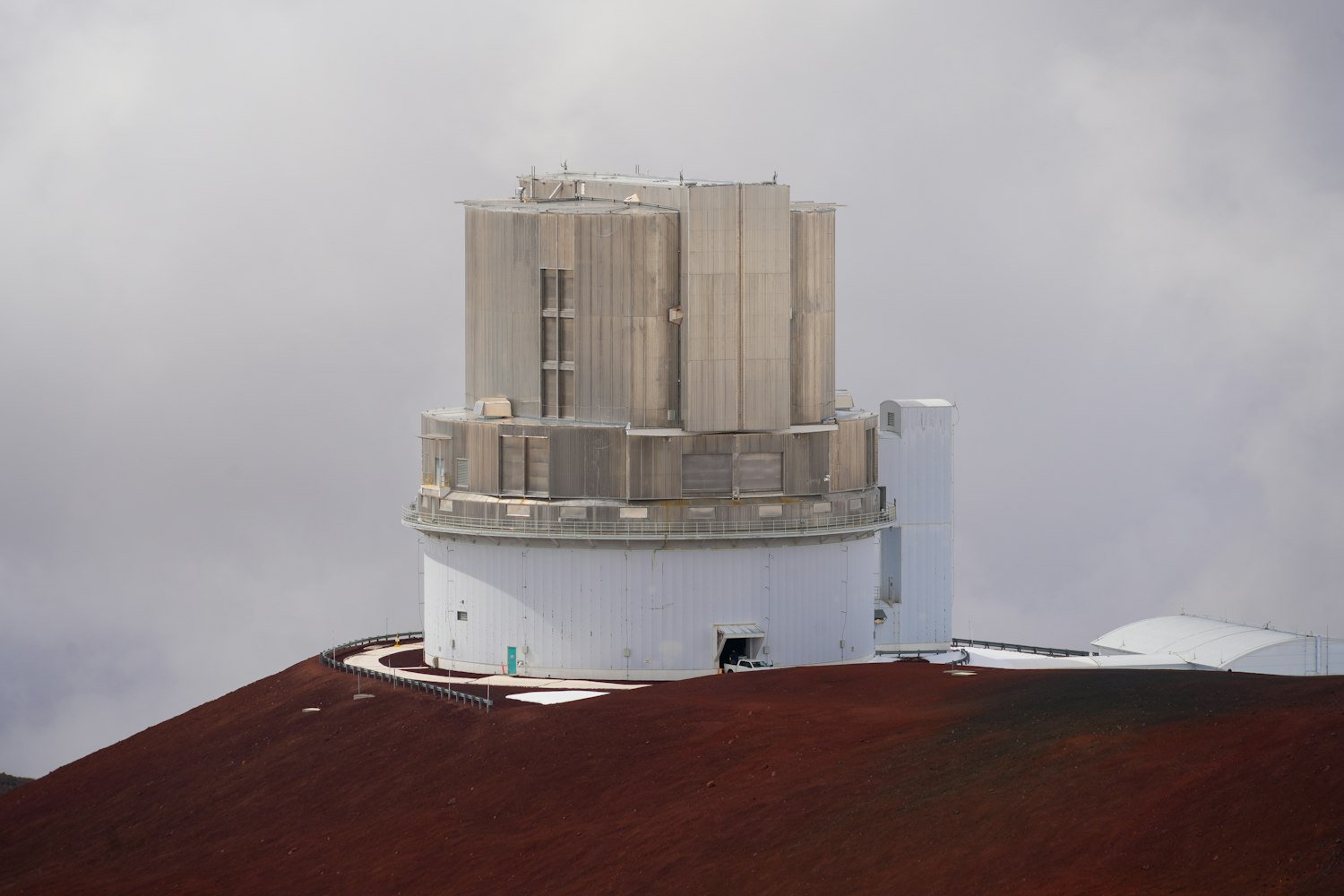
From these early beginnings, Japanese astronomy has come a long way. Today, Japan is a leading force in the field, equipped with advanced tools like the Subaru Telescope and the Kepler Space Telescope. But even as they push the boundaries of knowledge, modern Japanese astronomers continue to honor their past, preserving the ancient instruments that marked the beginning of their journey.
Influence of Astronomy on Ancient Japanese Culture
Astronomy has played a significant role in Japan's history, shaping its mythology, folklore, and cultural practices. The stars and celestial phenomena have been woven into the country's rich tapestry of myths and legends, often serving as key symbols or plot elements.
For example, the Tanabata festival, which we mentioned earlier, is deeply rooted in star lore related to the Vega and Altair stars. Similarly, the Pleiades star cluster, known in Japan as Subaru, has left its mark on Japanese culture. The asterism Subaru has not only influenced festivals and folklore but also found its way into modern branding, as seen in the popular automobile manufacturer Subaru.
Read More: Japan's Fascinating Mythology: Gods, Yokai, and Folklore Tales
Astronomy in Literature and Art
Astronomy had a profound influence on ancient Japanese literature and art, shaping the narratives and aesthetics that define these cultural forms. The celestial bodies and their movements were not merely scientific phenomena; they were sources of inspiration, symbols of profound truths, and vehicles for expressing human emotions and experiences.
For instance, in the Manyoshu, the oldest existing collection of Japanese poetry, there are numerous references to the moon, stars, and other celestial phenomena. These astronomical elements were used metaphorically to explore themes like love, transience, and the passage of time. Similarly, in traditional Japanese art, celestial themes are prevalent. From star-studded screens to moonlit landscapes, these works of art reflect the deep fascination with and reverence for the cosmos that permeated ancient Japanese culture.

Visit Naoshima Island, Japan's hidden gem of contemporary art.
Astronomy and Religion
The influence of astronomy on ancient Japanese culture is perhaps most evident in the realm of religion. Both Shinto and Buddhism, the two dominant religious traditions in Japan, have numerous references to celestial bodies and phenomena.
In Shinto, the indigenous religion of Japan, the sun goddess Amaterasu is a central figure. Her emergence from a cave is celebrated as the winter solstice, highlighting the integration of astronomical phenomena into religious narratives.

Buddhism, which was imported from the Asian continent, also incorporated astronomical elements. The Buddhist cosmological model, for example, includes a detailed depiction of the celestial realms.
Moreover, astronomy played a crucial role in the religious calendar. Celestial observations were used to determine the dates of festivals and religious ceremonies. This integration of astronomy into the religious framework underscores its significance in ancient Japanese culture.
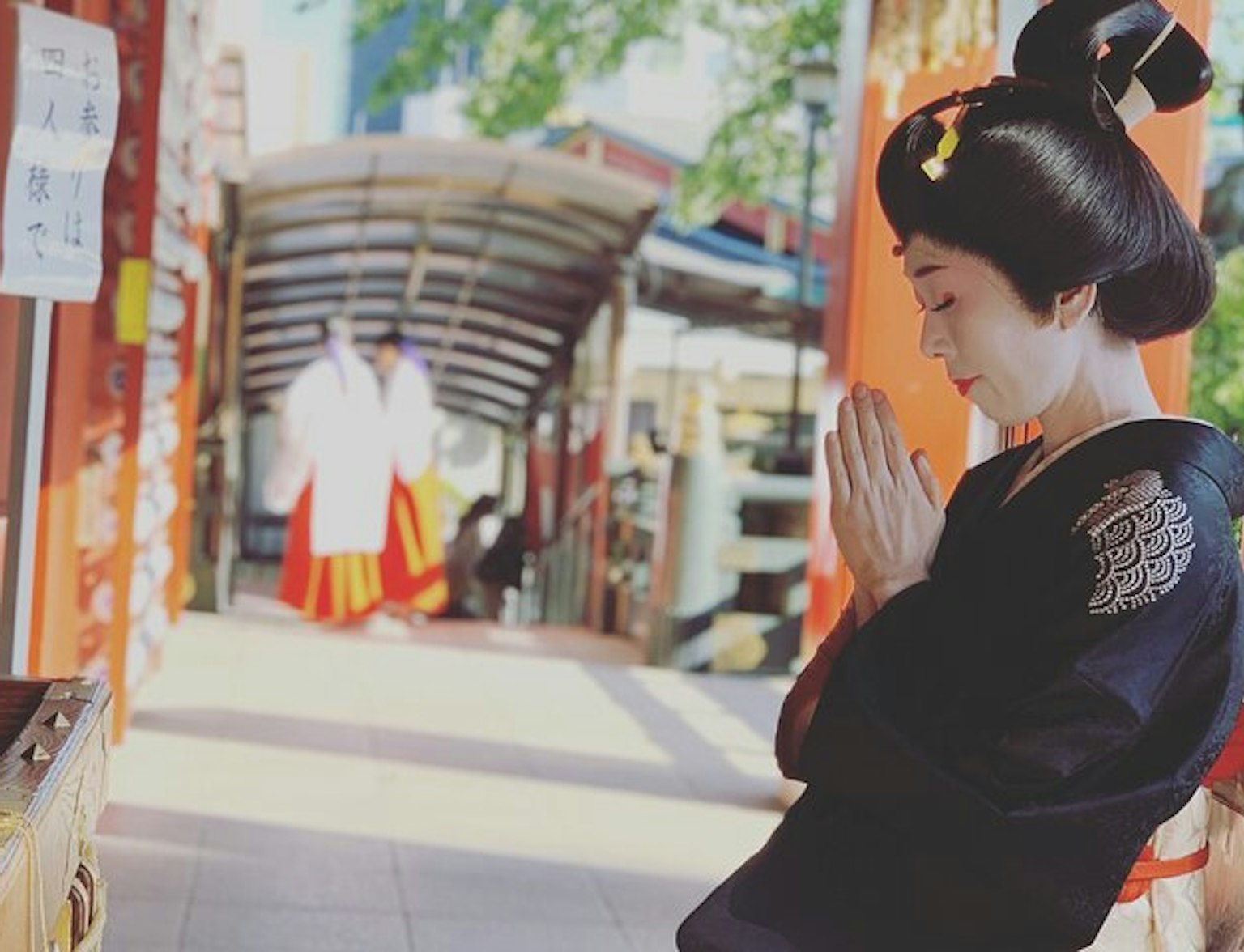
Learn more about Shinto practices with this tour.
Final Thoughts
As we've discovered, the influence of astronomy on ancient Japanese culture is both profound and pervasive. From the narratives of literature and art to the rituals of Shinto and Buddhist religions, celestial bodies and phenomena have played a significant role in shaping the country's cultural heritage. This fascination with the cosmos has left an indelible mark not only on Japan's past but also on its present, as evidenced by the enduring popularity of star-gazing in the country.
If this exploration of Japan's astronomical history has sparked your curiosity, we invite you to delve deeper with us at TripToJapan. Our carefully curated historical tours will guide you through the key sites of this rich history, from the bustling metropolis of Tokyo to the peaceful Asuka village.
Whether you're an astronomy enthusiast or a history buff, these tours offer a unique opportunity to experience Japan's past and present through the lens of its celestial lore. Embark on this exciting journey with us - visit our website today and start planning your trip to this incredible country.
What is the Japanese myth about the stars?
The Japanese star myth centers around Tanabata, where two star-crossed lovers, Orihime and Hikoboshi (represented by the stars Vega and Altair), separated by the Milky Way, are allowed to meet once a year. This story, deeply rooted in Japanese culture, is celebrated annually with festivities and decorations, highlighting the importance of the star chart in locating these celestial bodies.
What are the Japanese constellations?
Japanese constellations, or "Seiza," originate from Chinese astronomy, dividing the sky into 28 sections. Popular constellations include "Ursa Major" and "Orionza." These constellations hold cultural significance and are integrated into Japan’s astronomical records, providing access to the country’s stellar heritage.
When did Japan's solar astronomy start?
Japan's solar astronomy began to flourish in the later years of the Edo period, with advancements in observing solar eclipses and phenomena. The introduction of Western techniques and the establishment of observatories propelled this field, establishing Japan as a key player in solar astronomy.



